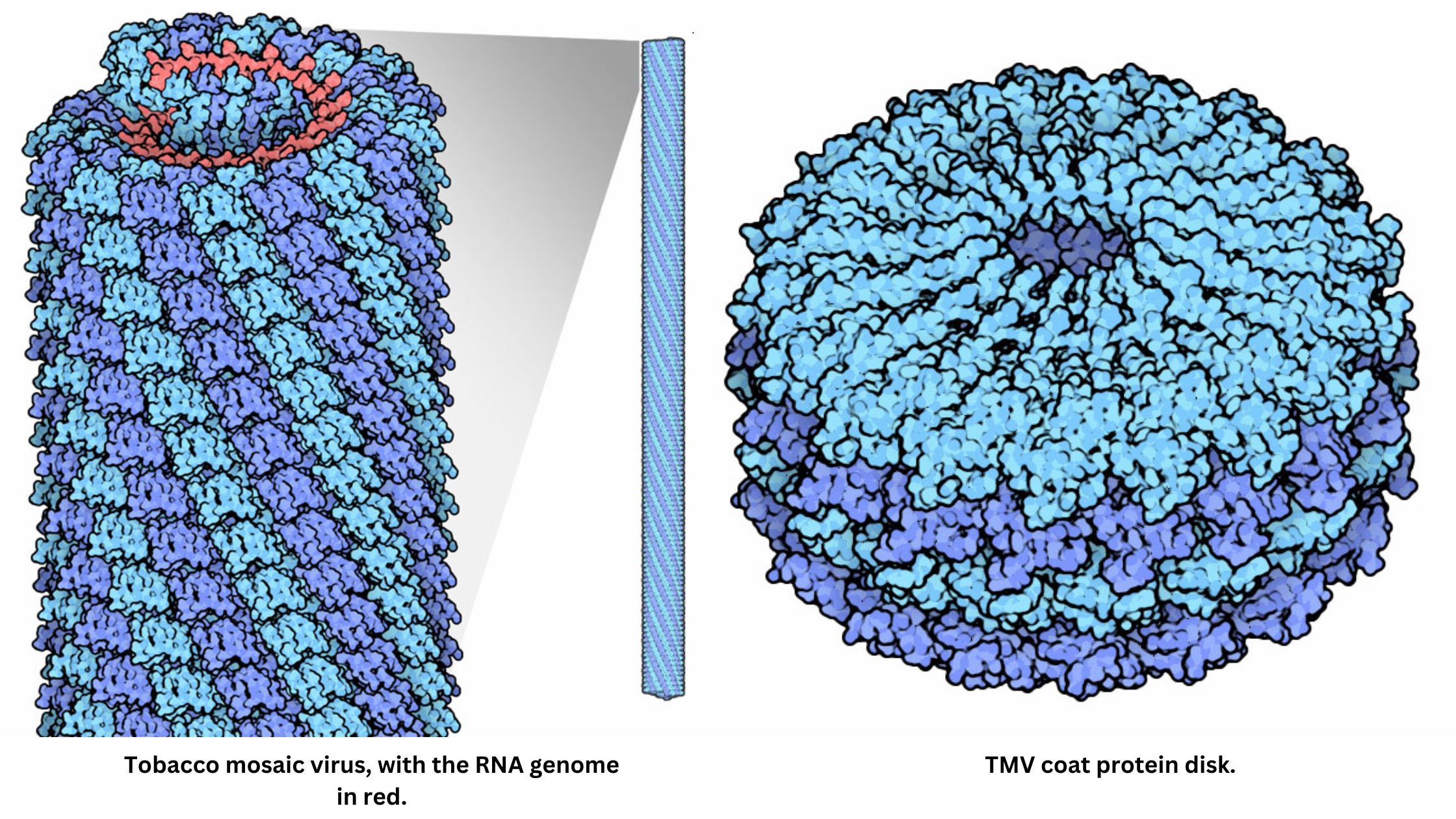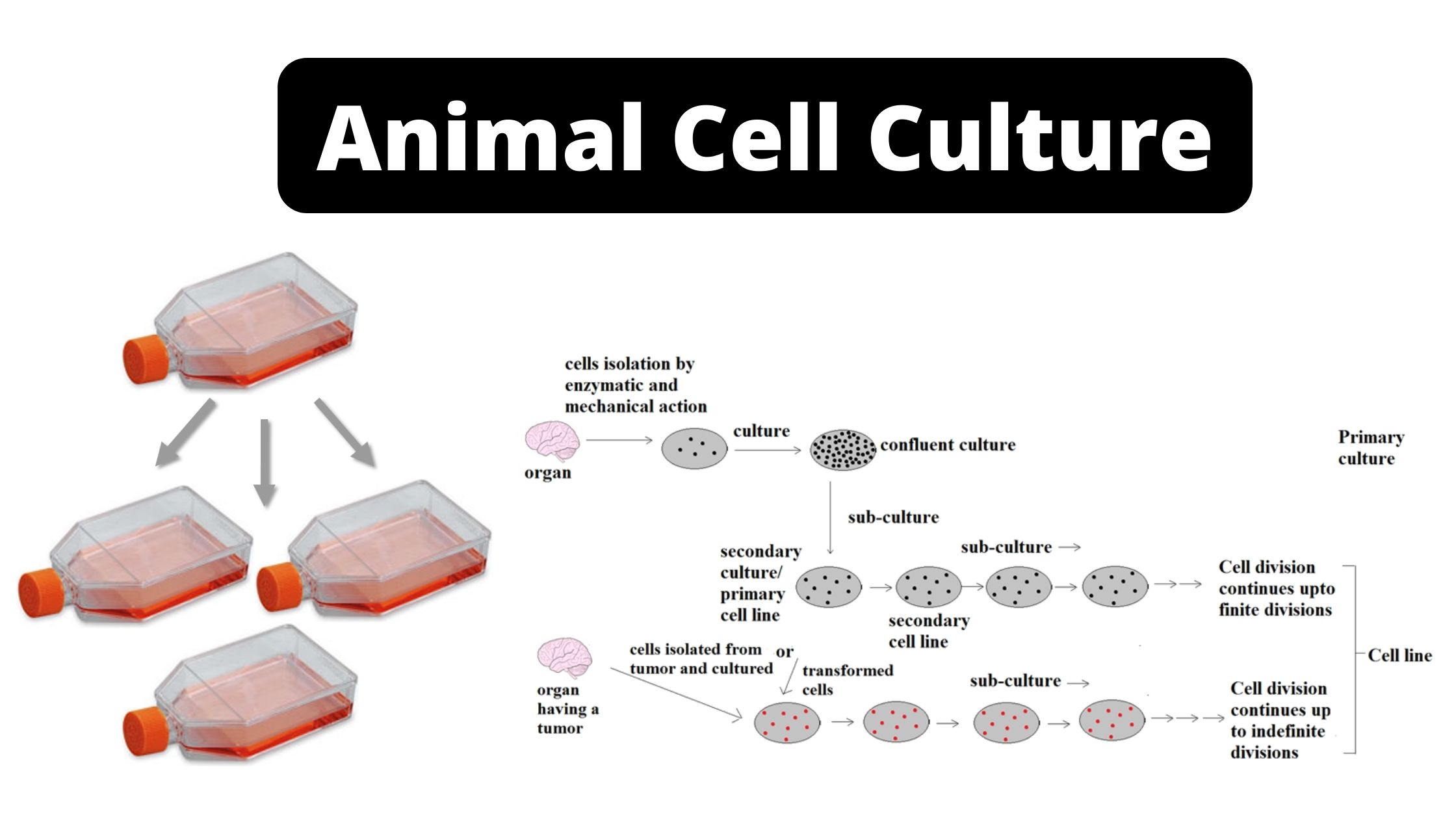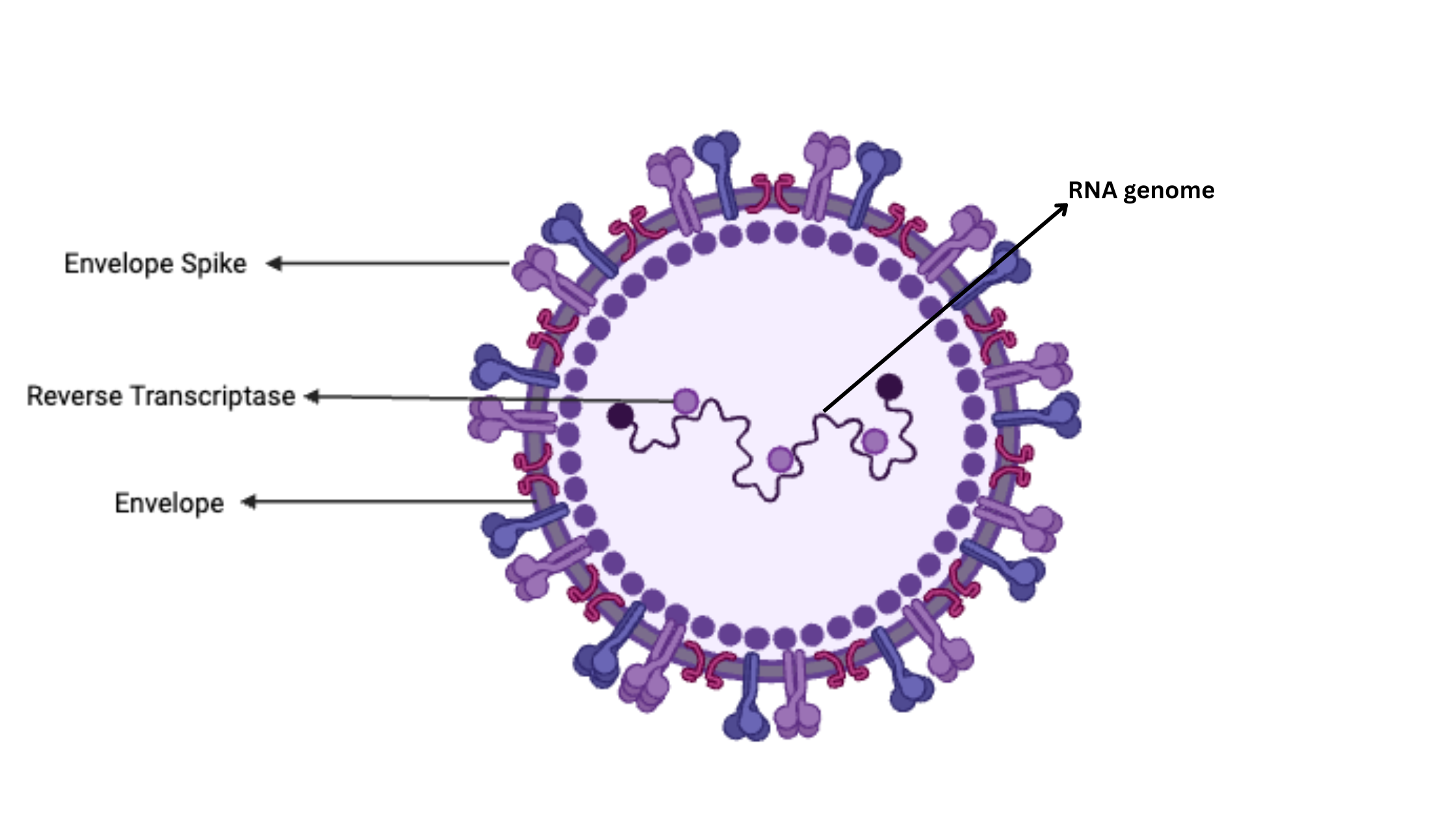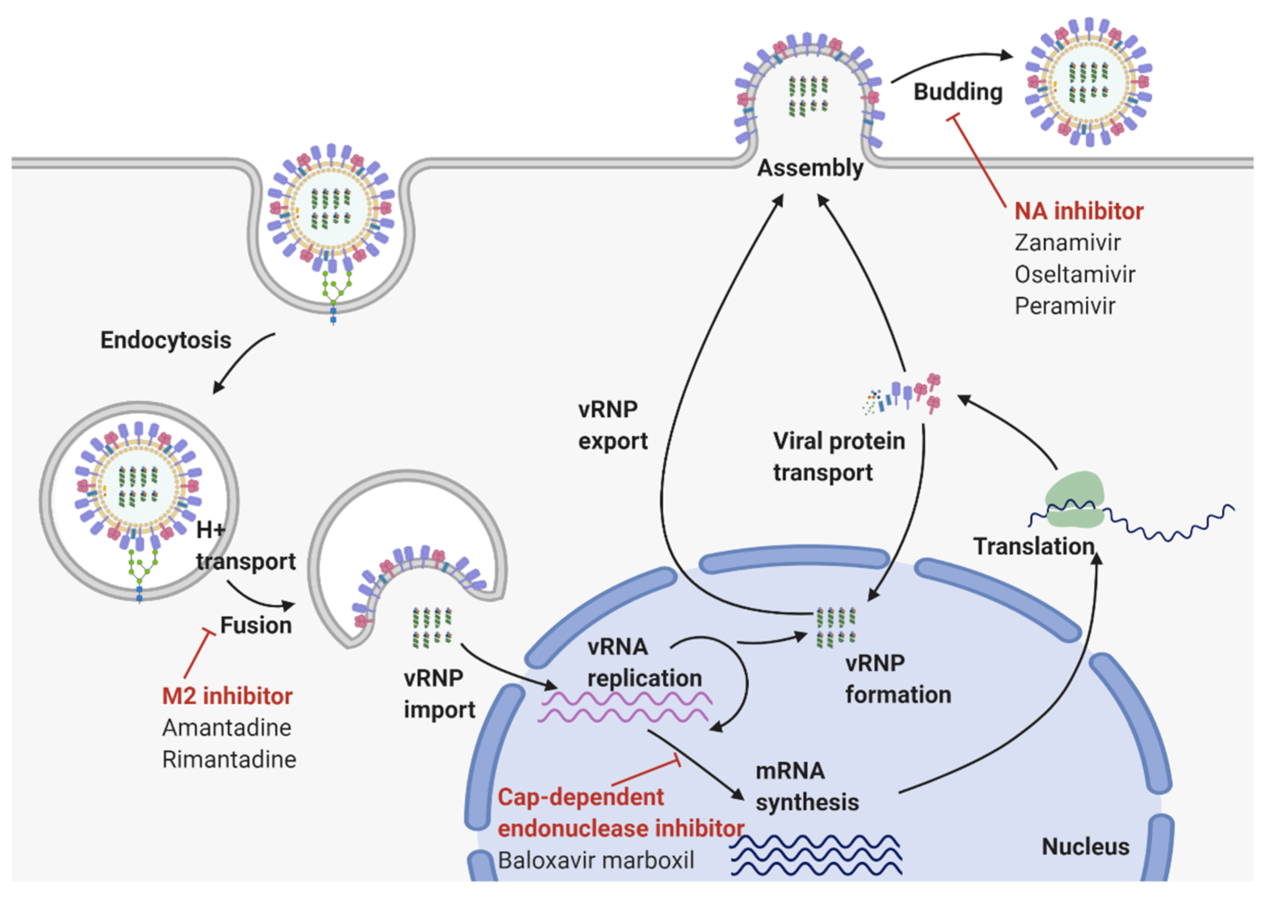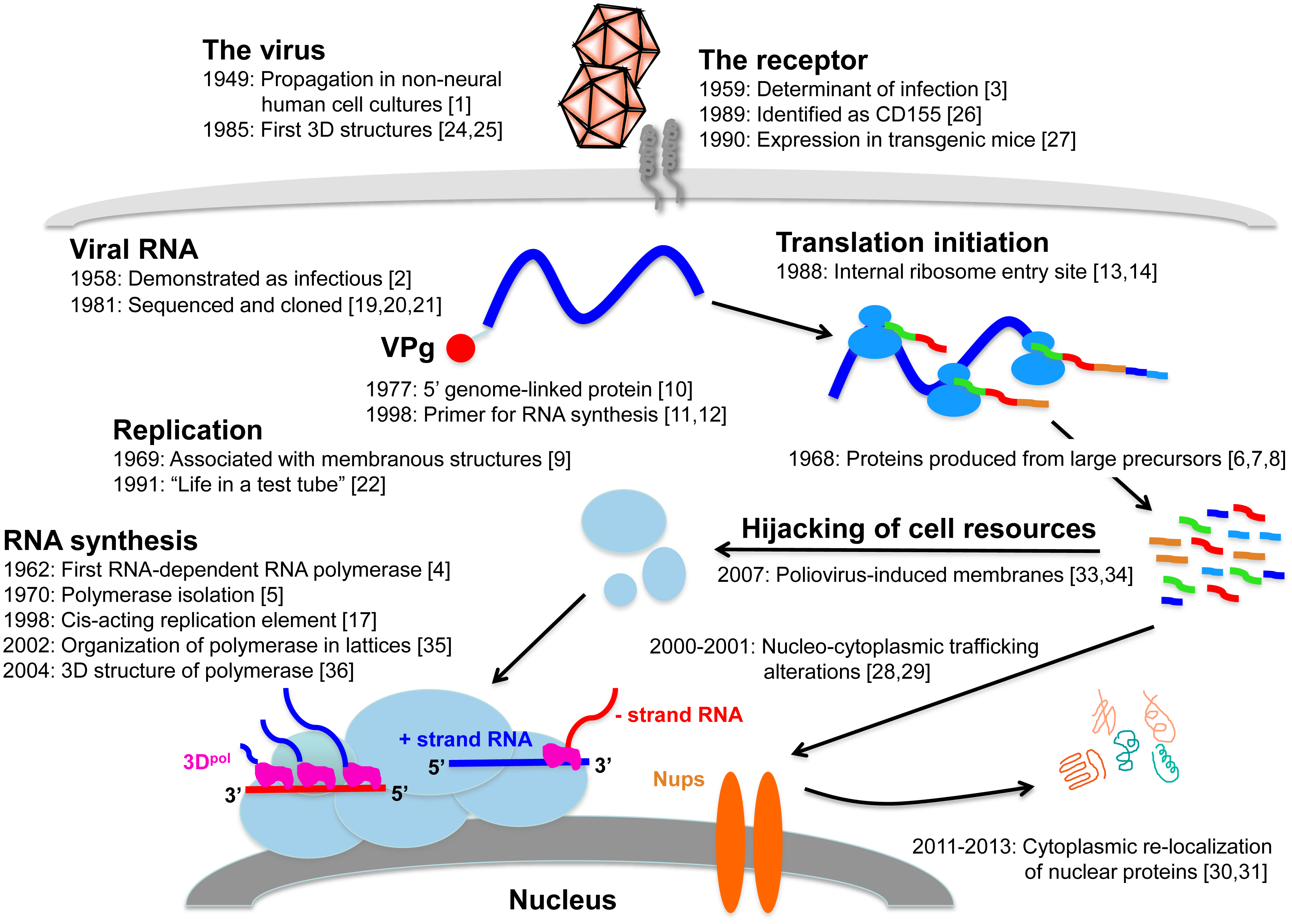Virus – Structure, Origin, Replication, Classification, and Example
What are Viruses? Origins of Viruses Viruses have likely existed since the earliest life forms and have evolved alongside cellular organisms. Due to their lack of fossil records, the origins of viruses remain unclear, and scientists use molecular biology techniques to explore their evolutionary history. Three primary hypotheses attempt to explain how viruses may have … Read more

